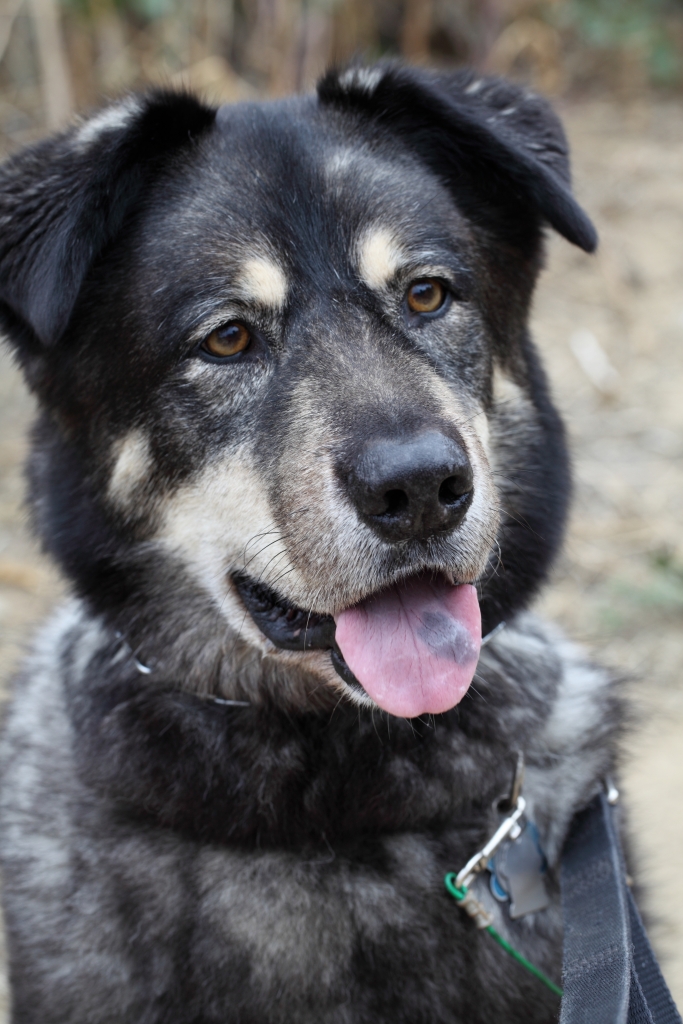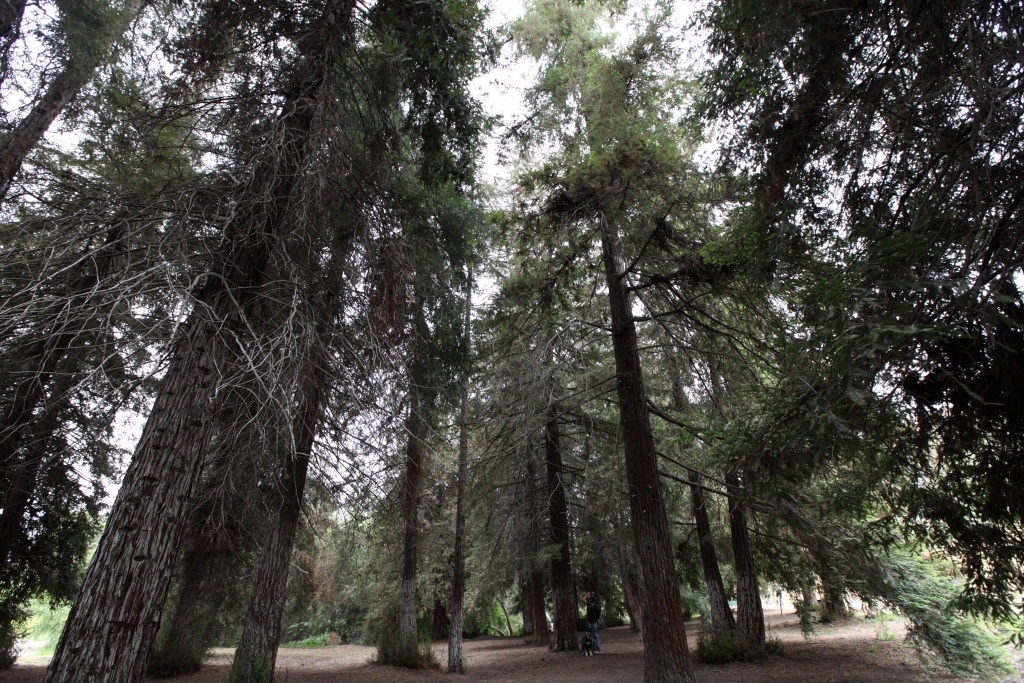Carbon Canyon Regional Park
May 29, 2015
One thing Jamie and I buy every year is the OC Parks annual pass. It allows you to park in many different regional parks and wilderness parks throughout the Orange County. One of those parks is the Carbon Canyon Regional Park. Neither of us had ever been so we decided to check it out. The park functions as one of the entrances into Chino Hills State Park and while dogs are not allowed in that park, they are allowed in Carbon Canyon.
Jamie borrowed a Canon 5D Mark III and a couple of lenses to bring along with our Mark II and our 24-105mm F/4 IS USM L lens. The 24-105 is probably the best walk around lens you can own but it doesn’t let you specialize. Therefore Jamie borrowed a wide angle and a macro lens. These are two types of photography we both like but haven’t spent much time doing; probably because they each require their own special lens.
Carbon Canyon Regional has two sections. One is a large grass covered park with a small lake in the middle complete with fish. The other is a nature trail that ends into and loops around a grove of Redwood trees (Sequoia sempervirens) http://ocparks.com/parks/carbon/. The Redwood grove is small on aerial photos but once you stand in it, you suddenly feel small. These are not the biggest Redwood’s you have seen but they are big enough that the area has its own little sub-climate caused by the shade the grove casts.

Jamie and I took turns using the macro and wide angle lenses in addition the 24-105. We captured a lot of photos in only a two mile hike. In the middle of the hike, we both aimed out cameras at Maxx simultaneously. This is because he is very camera shy so with two cameras, we could trick him into looking into at least one of them.
I think now that I have used the macro and the wide angle lenses, I’m going to have to pick up one of them for myself. The question is, which one?
Photo walk at Crystal Cove with the Canon EOS M
May 17, 2015
Full Disclosure: I got to borrow the Canon EOS M for free.
Jamie, Maxx, and I did a photo walk along the bluffs of Crystal Cove State Beach. This allowed us to get some exercise for ourselves and the dog, get some food at Ruby’s Shake Shack, and finally get out and start photographing things again. We took the Canon EOS M with us and mounted the 18-55 mm IS STM lens as well as our 270EXII Speedlite flash. The EOS M is a mirrorless camera meaning it doesn’t reflect light into a viewfinder like an SLR. This means it can be significantly smaller and lighter.
If you are thinking about going to visit Crystal Cove, stop thinking about it and just do it. This park offers some of the most scenic coastline in California as well as a great beach, places to swim and body surf, and three different diving locations for those trained in SCUBA. Unfortunately dogs are not allowed on the beach or the one boardwalk trail on the bluffs. They are allowed on all of the rest of the trails on the beach side of PCH.
The EOS M is a camera that was discontinued over two years ago. Still it proved to be a good camera to use for this type of photo walk because it is small, light, and full featured. Essentially, if you have ever shot with any other EOS camera, the controls on this one will be familiar. It shoots in Canon RAW format using an 18 megapixel sensor and has a proprietary EF-M mount system that will work with EF lenses with an optional adapter. The replacement models for the EOS M are not available in the US market at this time.
Since I was shooting outdoors in full sun, I didn’t need the flash often. Still sometimes a shadow would be cast in such a way as to really detract from the image. That is where the fully functional hotshoe support for external flashes came in handy. I did have to remember one of the main principles of flash photography however. Namely that you use the aperture to control the flash exposure and the shutter speed to control the ambient exposure. Once I remembered that one important fact, achieving a nice balance of fill flash and ambient light was easy.

Once I was comfortable with the camera and working it’s touch screen controls, I focused on composition. I tried to work in the “rule of thirds”, color, leading lines, and abstraction in the various photos I took.
In post-production, I didn’t need to take anything into Photoshop. Instead all the adjustments I needed were available in Canon Digital Photo Professional which made the workflow a lot simpler. Really, not much tweaking was needed. Just a highlight here, and an angle adjustment there and I was ready to export.
Overall it was a fun trip and I know Maxx and Jamie had a good time. For me, the nicest thing about having a mirrorless camera around my neck was that my neck didn’t hurt after 6+ miles of walking. That right there is worth it.















